In the mid-1800s, a railroad director, entrepreneur, and
politician named Lewis Henry Morgan began visiting a largely undeveloped swath
of land dotted with beaver ponds in Michigan’s Upper Peninsula. What he saw
amazed him: “[A] beaver district, more remarkable, perhaps, than any other of
equal extent to be found in any part of North America,” he wrote. “A rare
opportunity was thus offered to examine the works of the beaver, and to see him
in his native wilds.”
Morgan wasn’t your typical nature buff. His pioneering
anthropological studies of Native American tribes had already begun to
make him an enormously influential figure in 19th century science. In 1880, he
would be elected president of AAAS (publisher of Science), and
Charles Darwin, Sigmund Freud, and Karl Marx would come to cite his work. But
as Morgan helped his railroad company lay tracks across the Michigan wilderness
in the 1850s and 1860s, the target of his scientific curiosity was the North
American beaver (Castor canadensis).
For years, he carefully documented how the beavers behaved
and where they built their dams and ponds. Then, in 1868, Morgan published his
396-page beaver bible: The American Beaver and His Works. Folded into each
copy was a map, carefully drawn by his railroad’s engineers, which detailed the
locations of 64 beaver dams and ponds spread over some 125 square kilometers
near the community of Ishpeming.
Now, that rare map is giving researchers some new insight
into just how busy beavers can be. A new survey shows that many of the dams and
ponds that Morgan saw nearly 150 years ago are still there—testament to the
resilience of the rodents and their ability to maintain structures over many
generations.
CONNECT
























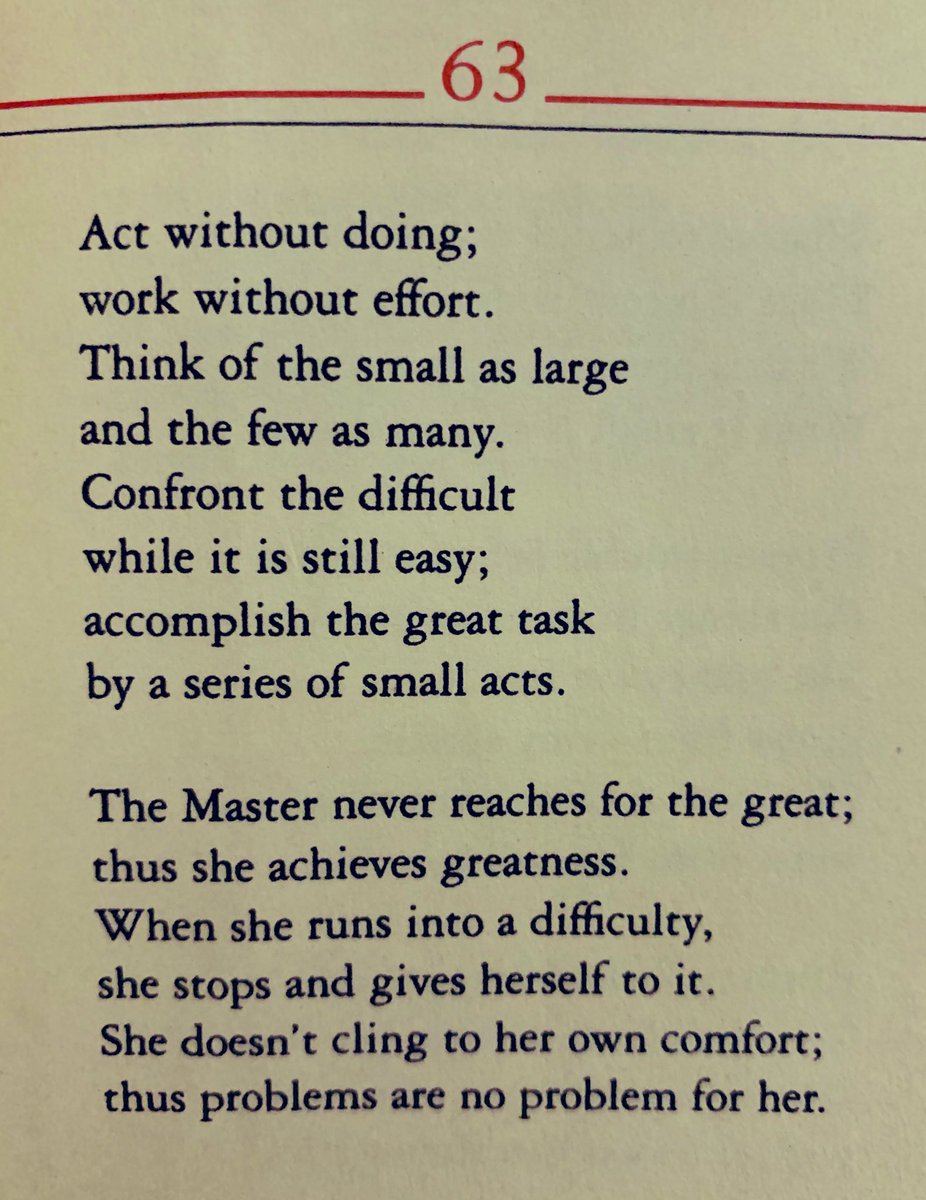





































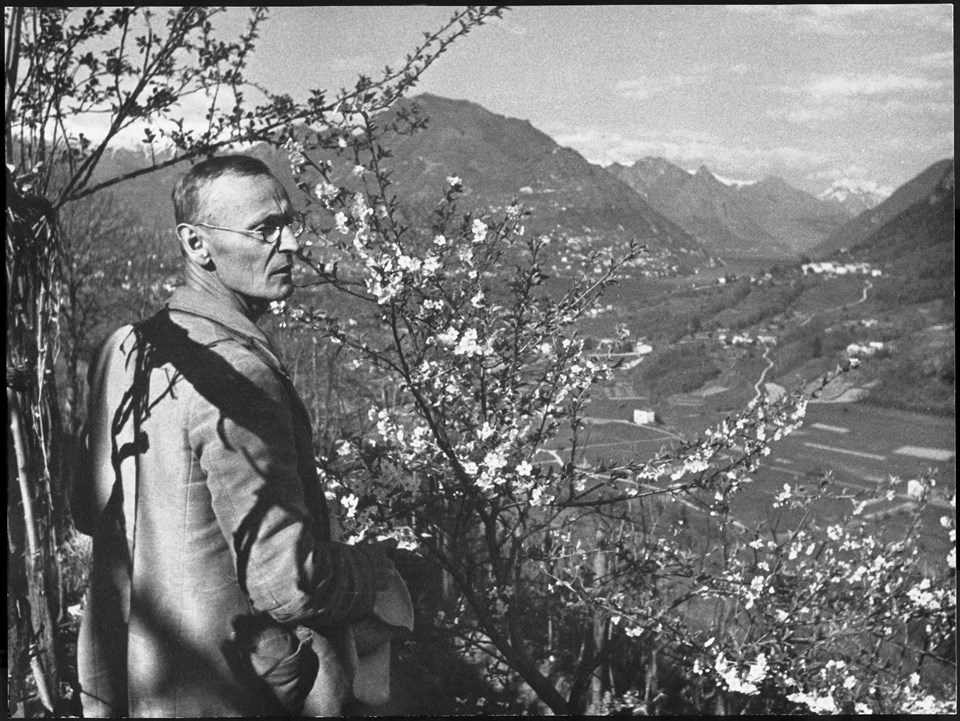




















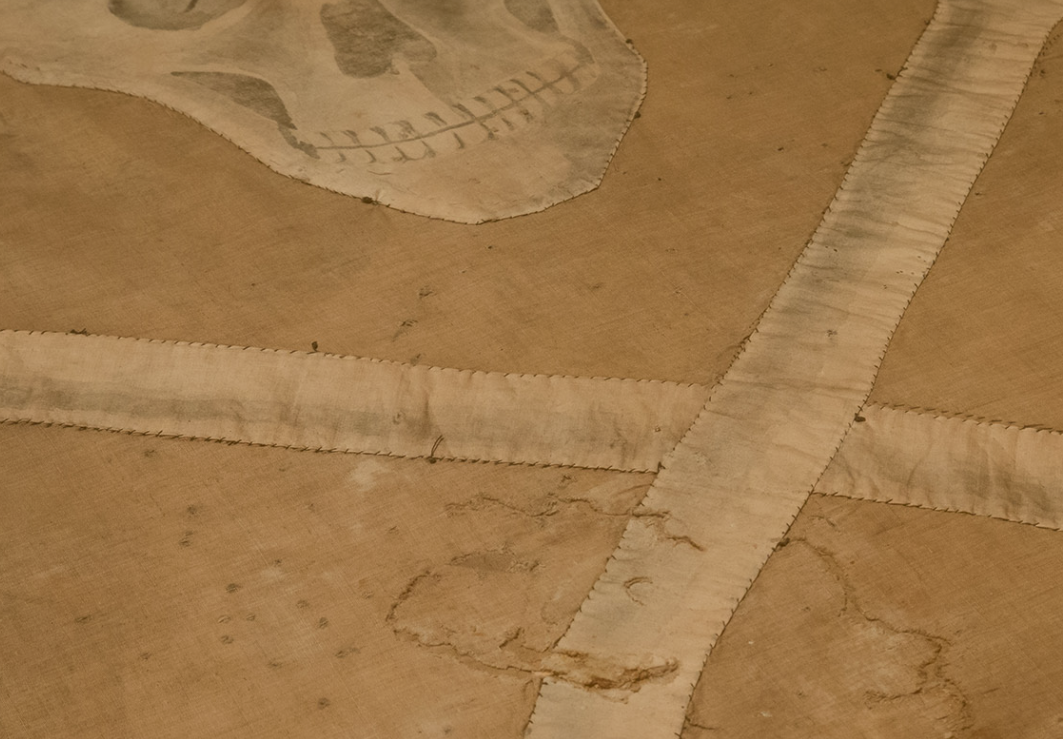





















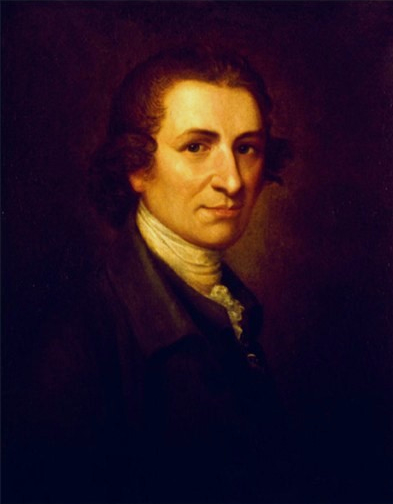






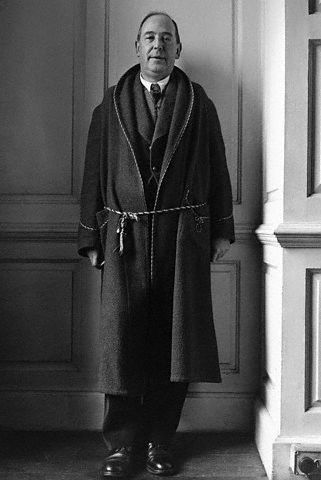



No comments:
Post a Comment